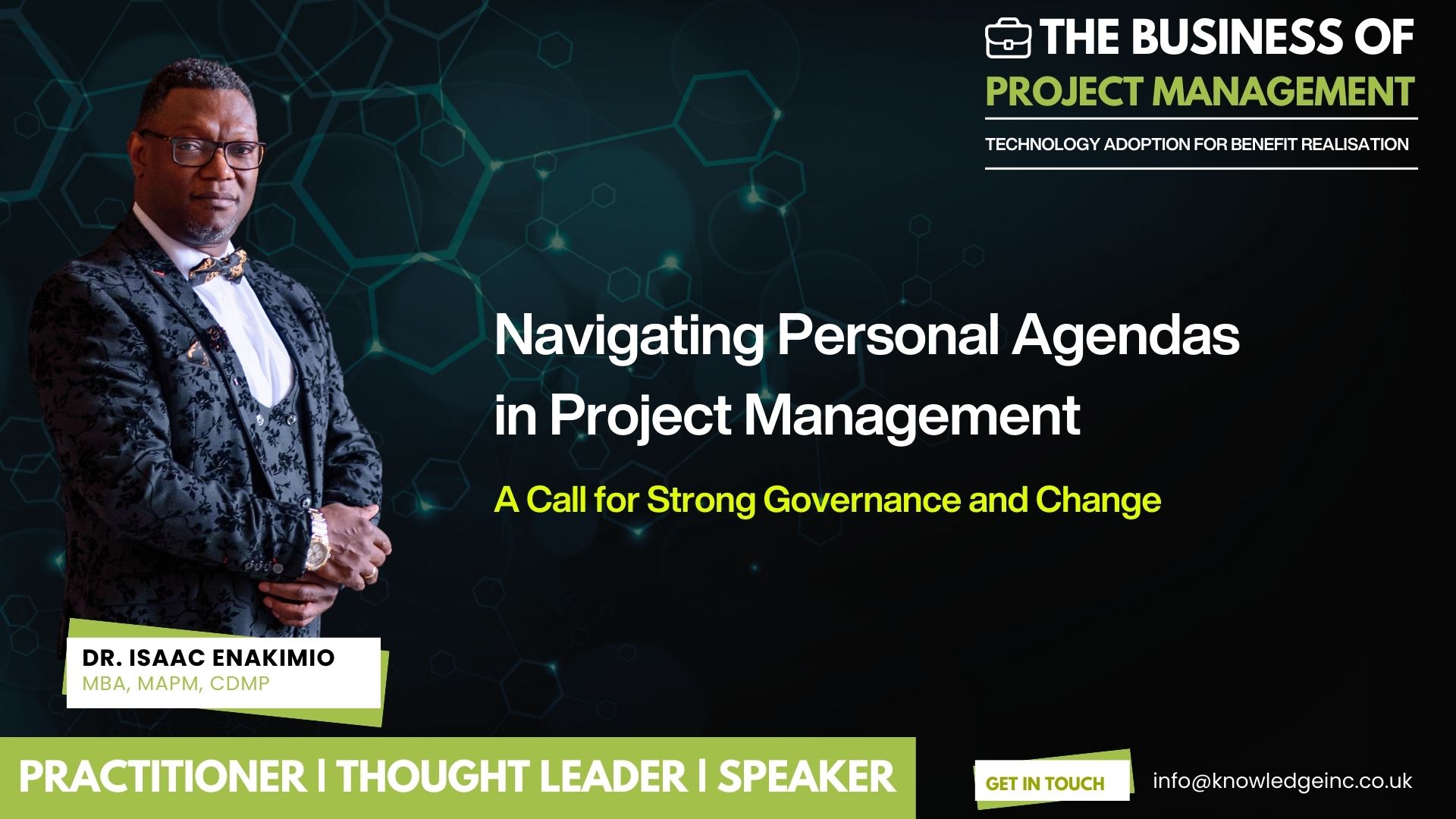I recently completed a programme of works where we had…
Introduction
As we embrace an innovation-driven world, successful leaders understand that managing risk is just as important as sparking creativity. Bold ideas can push boundaries and lead to game-changing innovations, but without careful risk management, they can also lead to failure. So, how do leaders balance taking bold moves while ensuring that those moves are calculated and sustainable?
The answer lies in creative intelligence—the ability to innovate while being strategically aligned and risk-aware. Creative intelligence doesn’t just drive innovation; it ensures that every bold idea is backed by data, analysis, and smart planning. Here’s how leaders can achieve that balance and manage risk while fostering creativity:
Embrace Risk—But Manage It
Innovation requires taking risks, but not every risk should be taken blindly. Leaders need to differentiate between calculated risks and reckless risks. It’s essential to foster an environment where teams feel comfortable exploring bold, creative ideas, but with structures in place to assess and mitigate potential pitfalls.
Tip: Use data and insights to inform decisions, and encourage teams to assess both the potential rewards and risks of each creative initiative.
Make Creativity Measurable
Creativity often feels intangible, but in a risk-managed project, it needs to be measurable. Leaders can embed creative intelligence into their processes by setting clear KPIs that track both creative outcomes and risk indicators. This makes it easier to see where bold ideas are leading to growth and where they may need refinement.
Tip: Regularly evaluate creative initiatives against strategic objectives and adjust based on performance and risk factors. This keeps creativity aligned with business goals.
Foster a Culture of Experimentation
Great innovation stems from experimentation. However, this doesn’t mean throwing caution to the wind. A culture of smart experimentation allows for testing new ideas in controlled environments. Leaders should empower teams to test bold ideas but within frameworks that manage and measure risk.
Tip: Encourage small-scale experiments before full implementation. This way, creative ideas can be explored without exposing the organisation to unnecessary risk.
Build Resilience into Innovation
Risk management isn’t just about avoiding failure—it’s about being prepared for it. When fostering innovation, leaders must ensure that their organisations are resilient enough to recover quickly from any setbacks. This requires building contingency plans and ensuring that risks are shared across the organisation.
Tip: Develop backup plans and ensure that your creative teams are agile enough to pivot quickly when a bold move doesn’t go as planned.
Leverage Data and Technology
Incorporating data and AI into creative processes can help leaders make smarter decisions about where to take risks. By leveraging insights and predictive analytics, leaders can forecast potential risks and opportunities, allowing them to make more informed, risk-managed creative decisions.
Tip: Use data-driven tools, such as AI dashboards, to guide decision-making, blending creativity with insight to foster innovation that’s both bold and grounded.
Conclusion: The Sweet Spot Between Risk and Creativity
Leading innovation while managing risk requires a delicate balance between bold creativity and smart strategy. Creative intelligence is the key to achieving this balance, enabling leaders to push the boundaries of what’s possible while ensuring that risks are well-managed and aligned with organisational goals.
By fostering a culture that embraces calculated risks, uses data to guide decisions, and builds resilience into innovation processes, leaders can empower their teams to take bold, creative leaps—without putting their organisations at unnecessary risk.
Are you ready to balance bold moves with smart strategies? Let’s start the conversation on how creative intelligence can power your next risk-managed project.
Author: Dr. Isaac Enakimio
Knowledge Incorporated
…Enhancing Efficiency and Productivity



